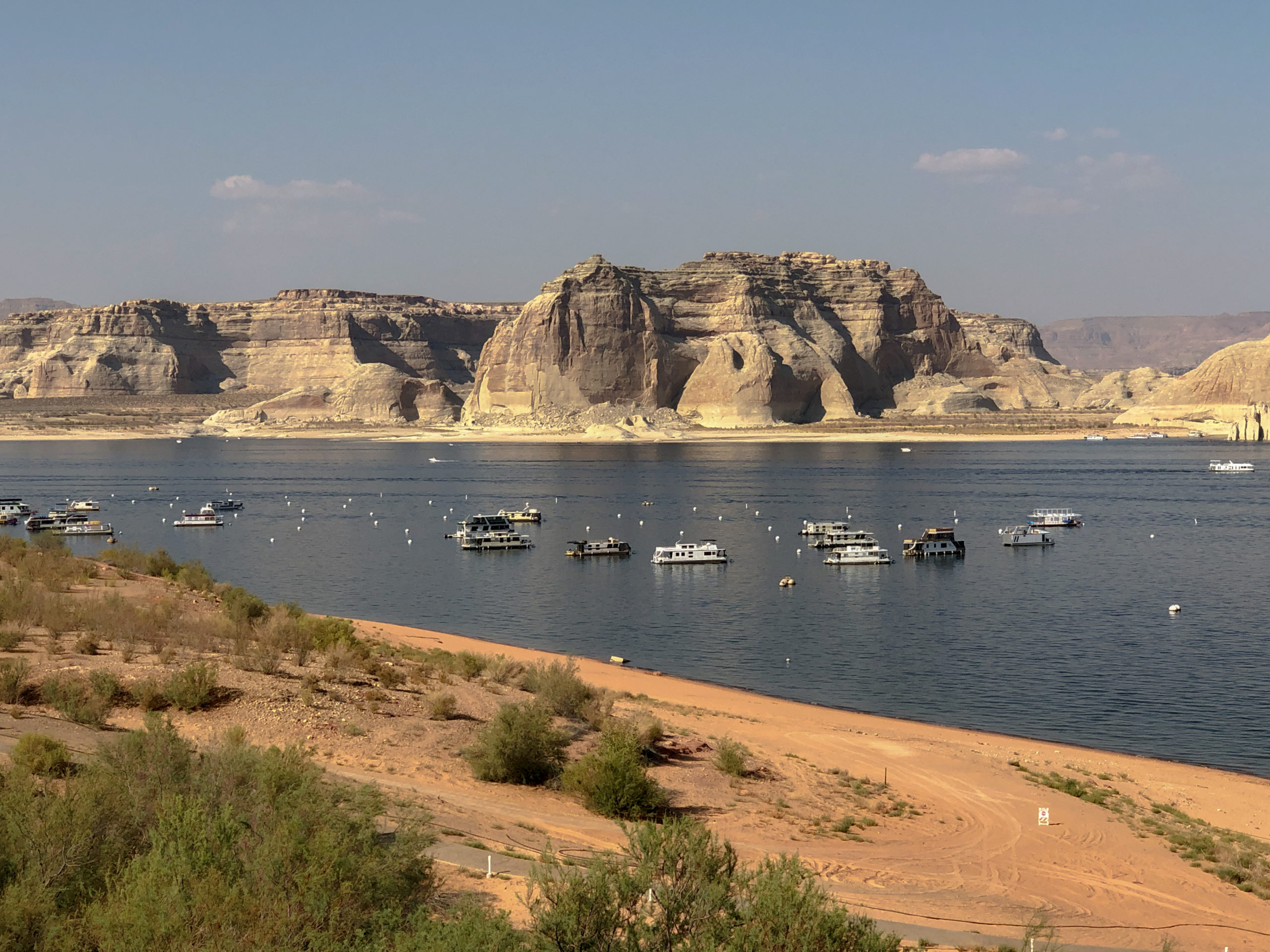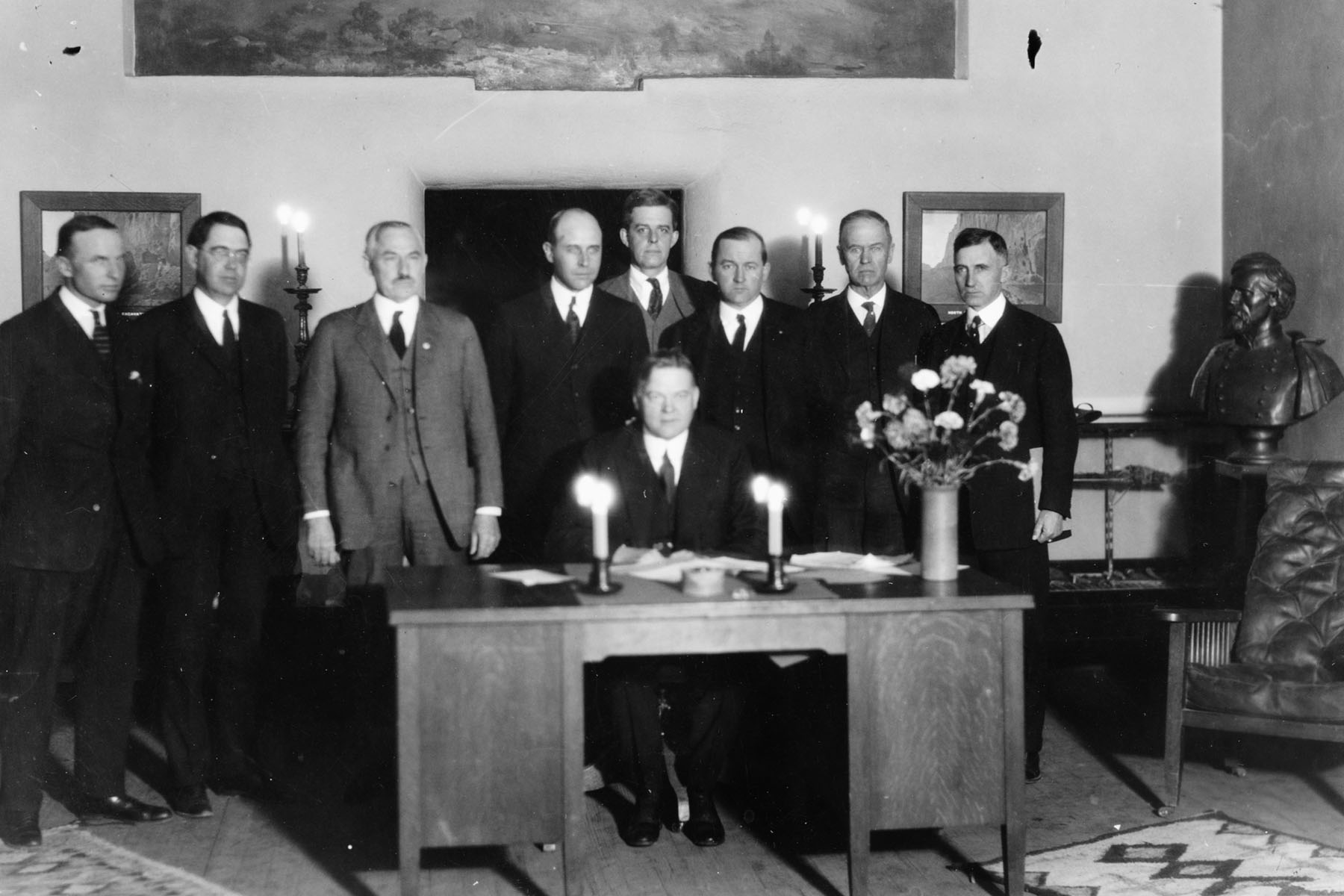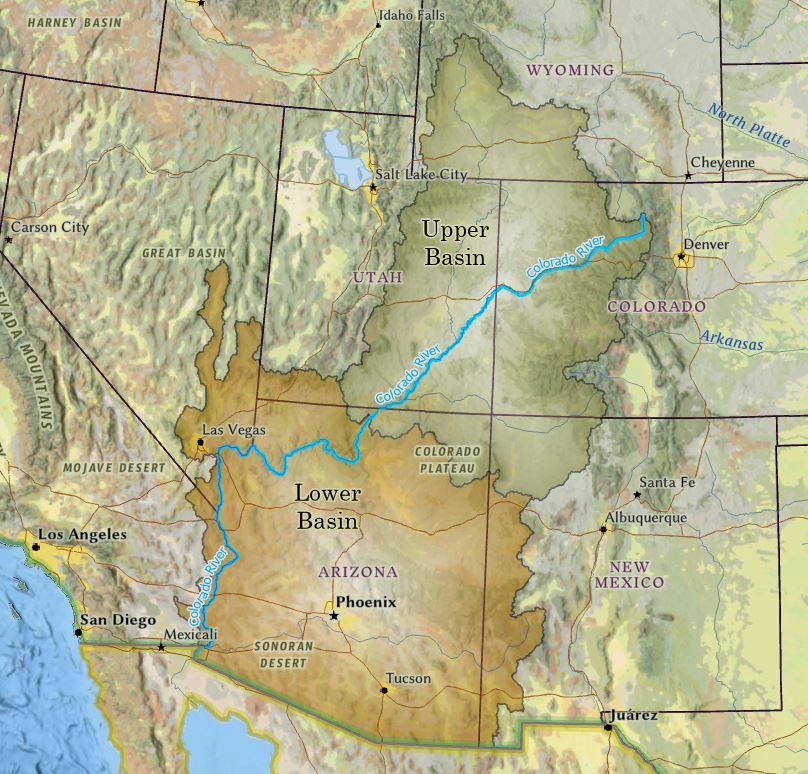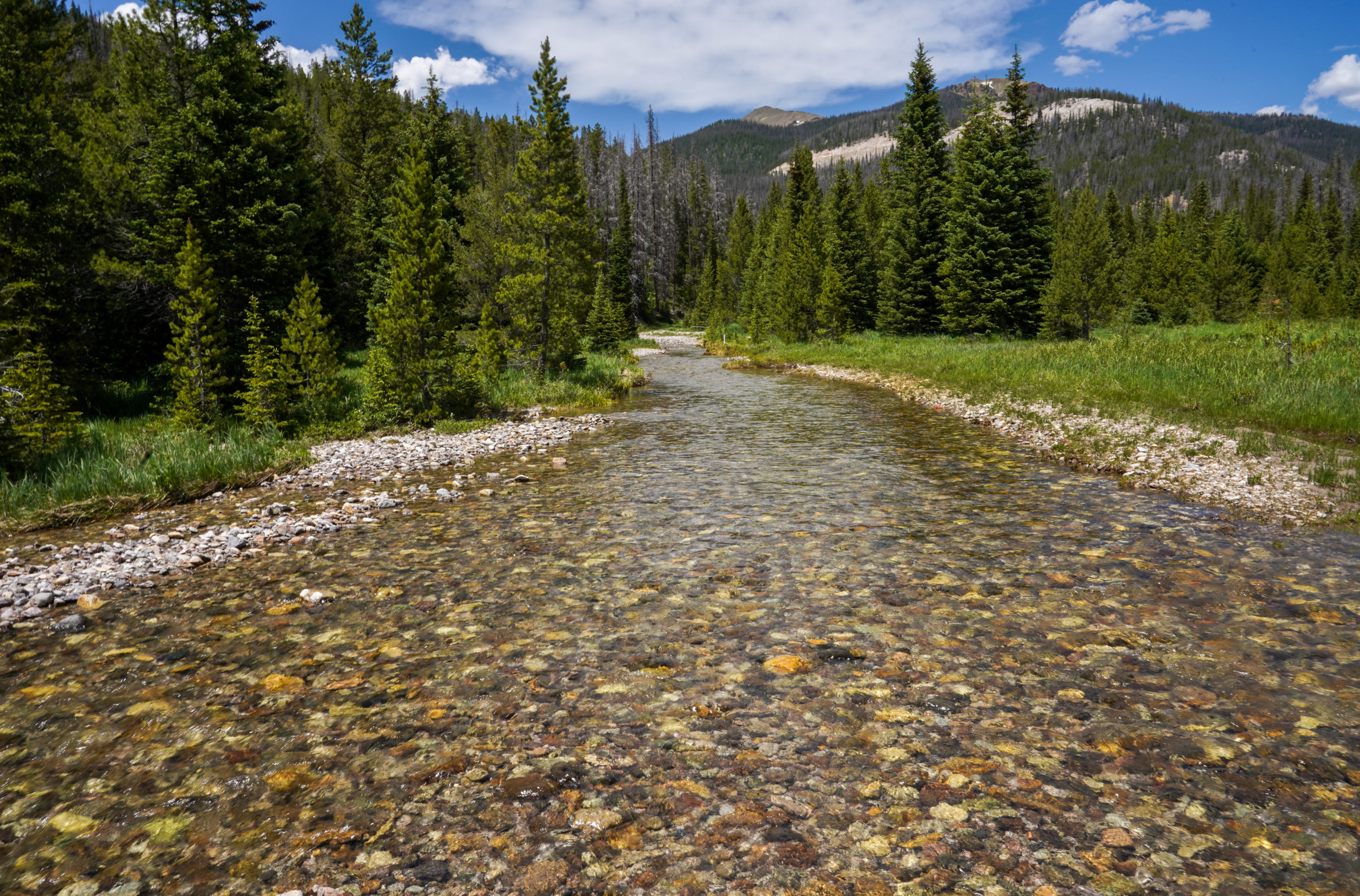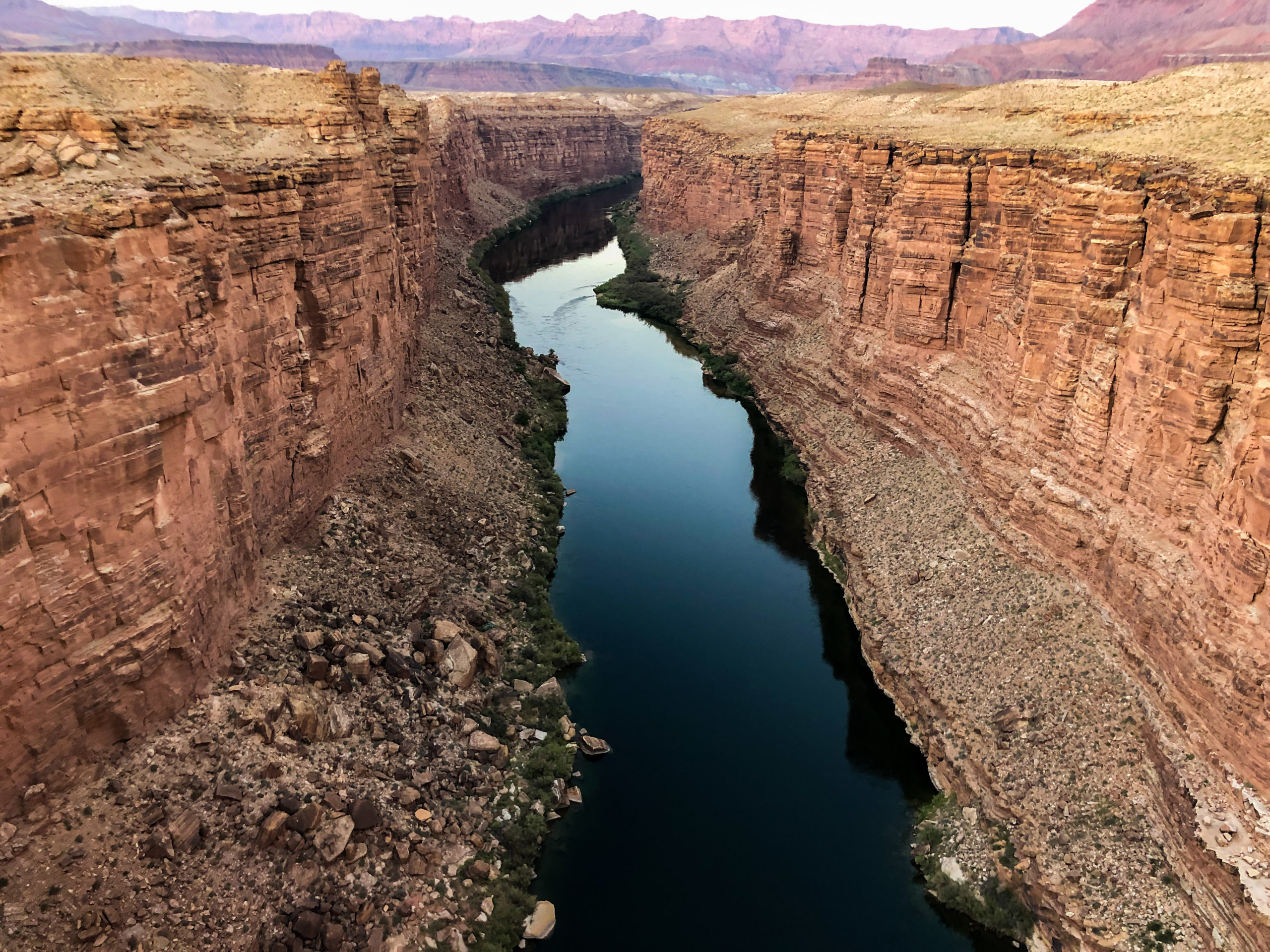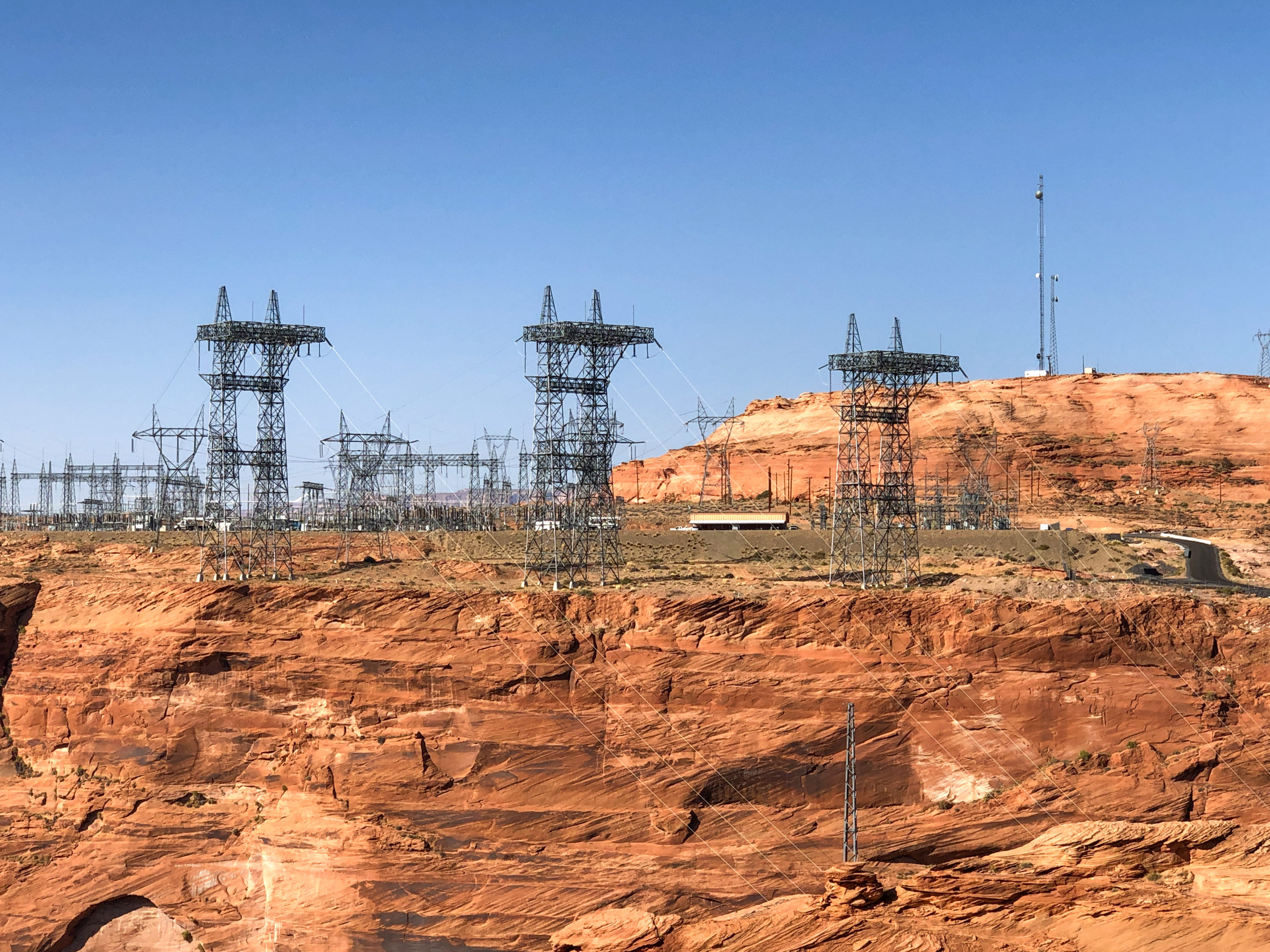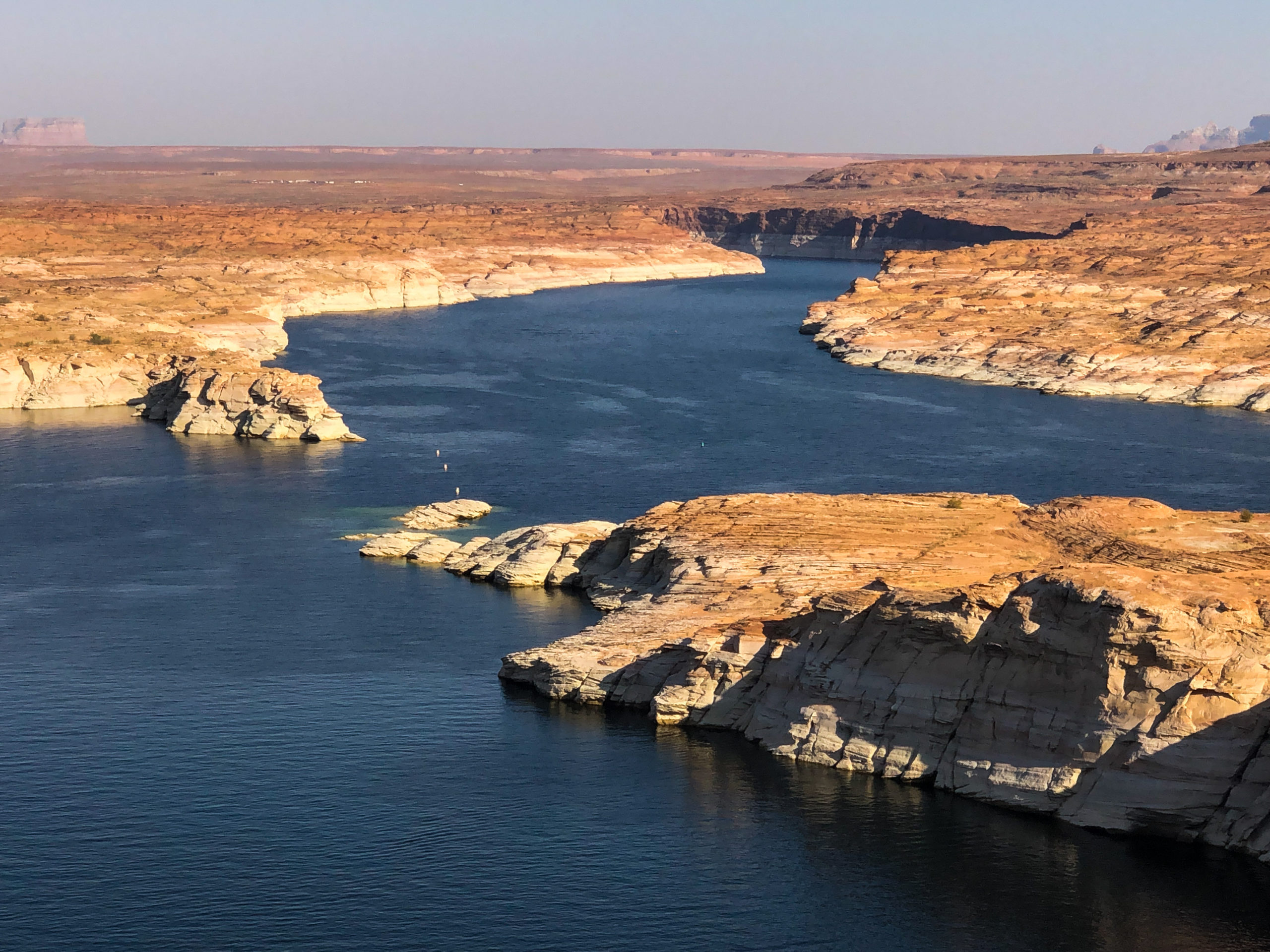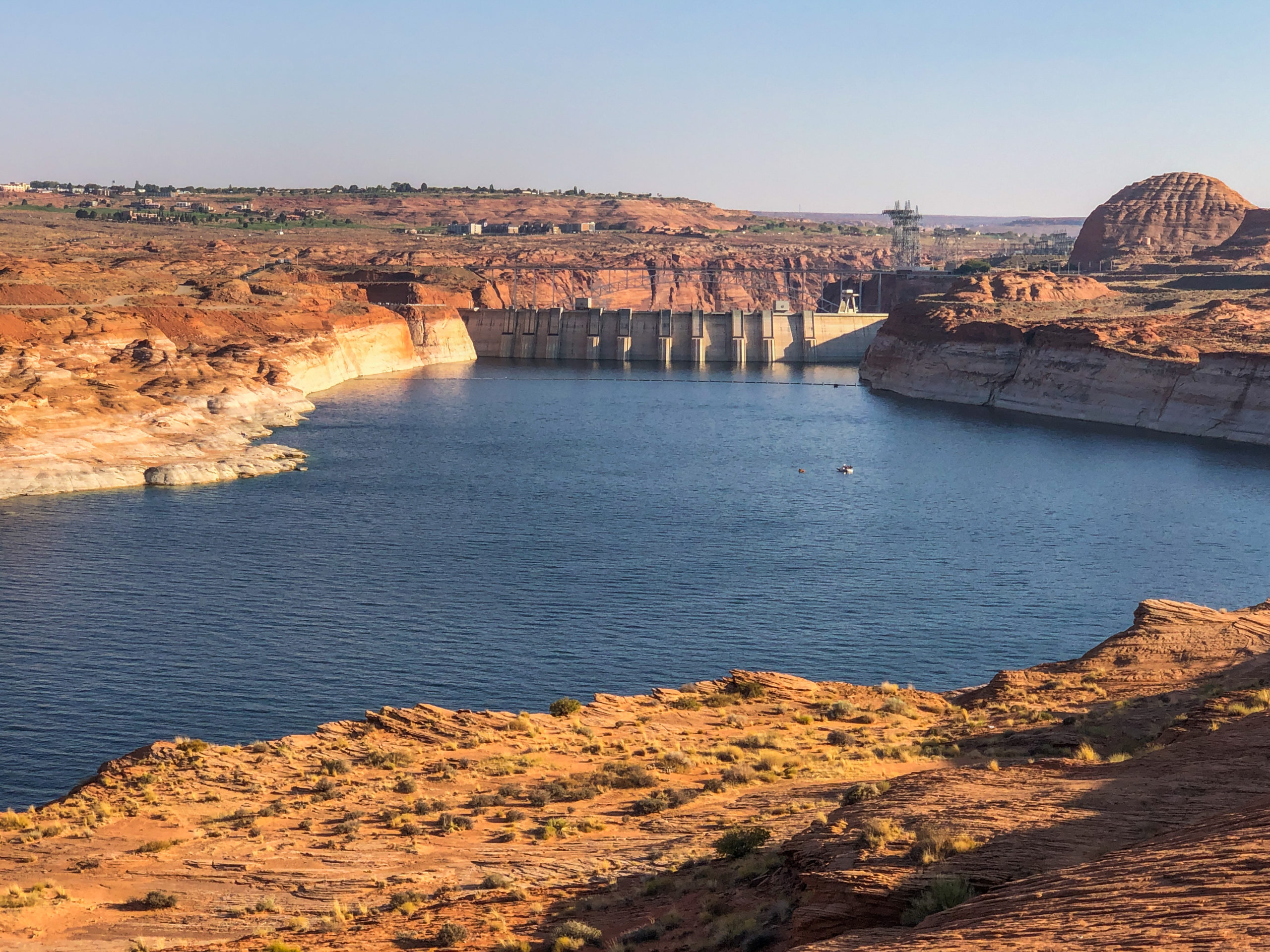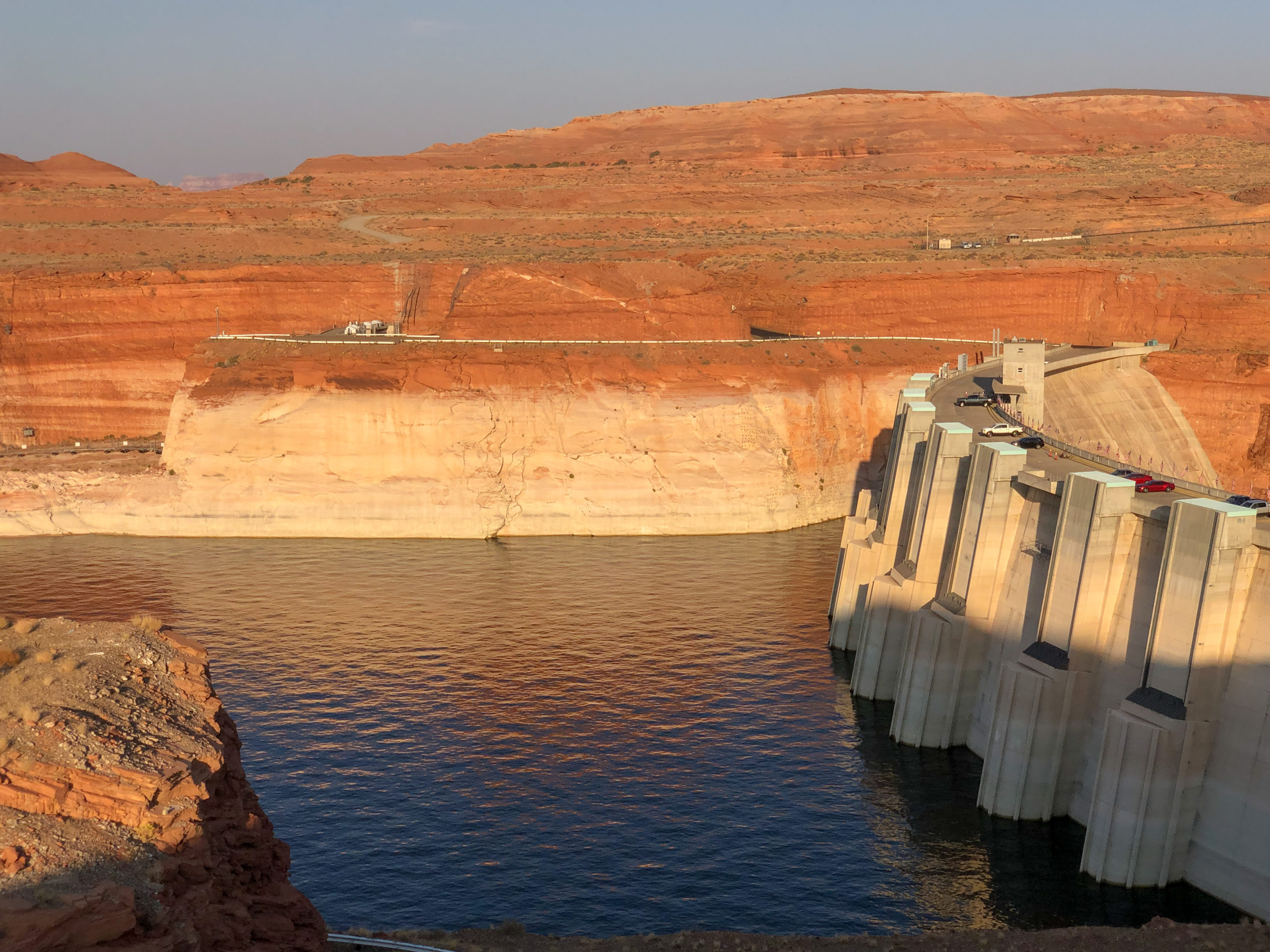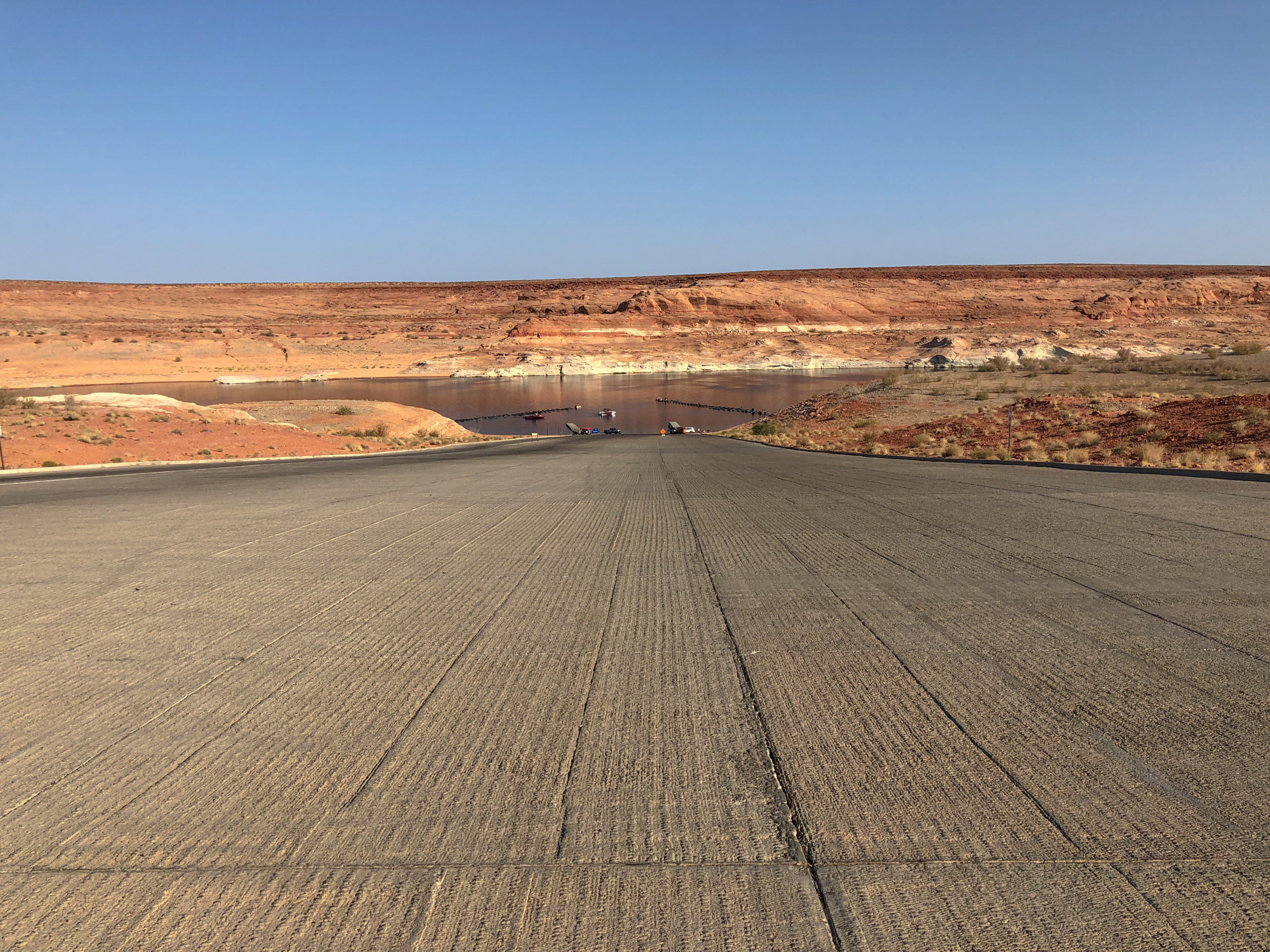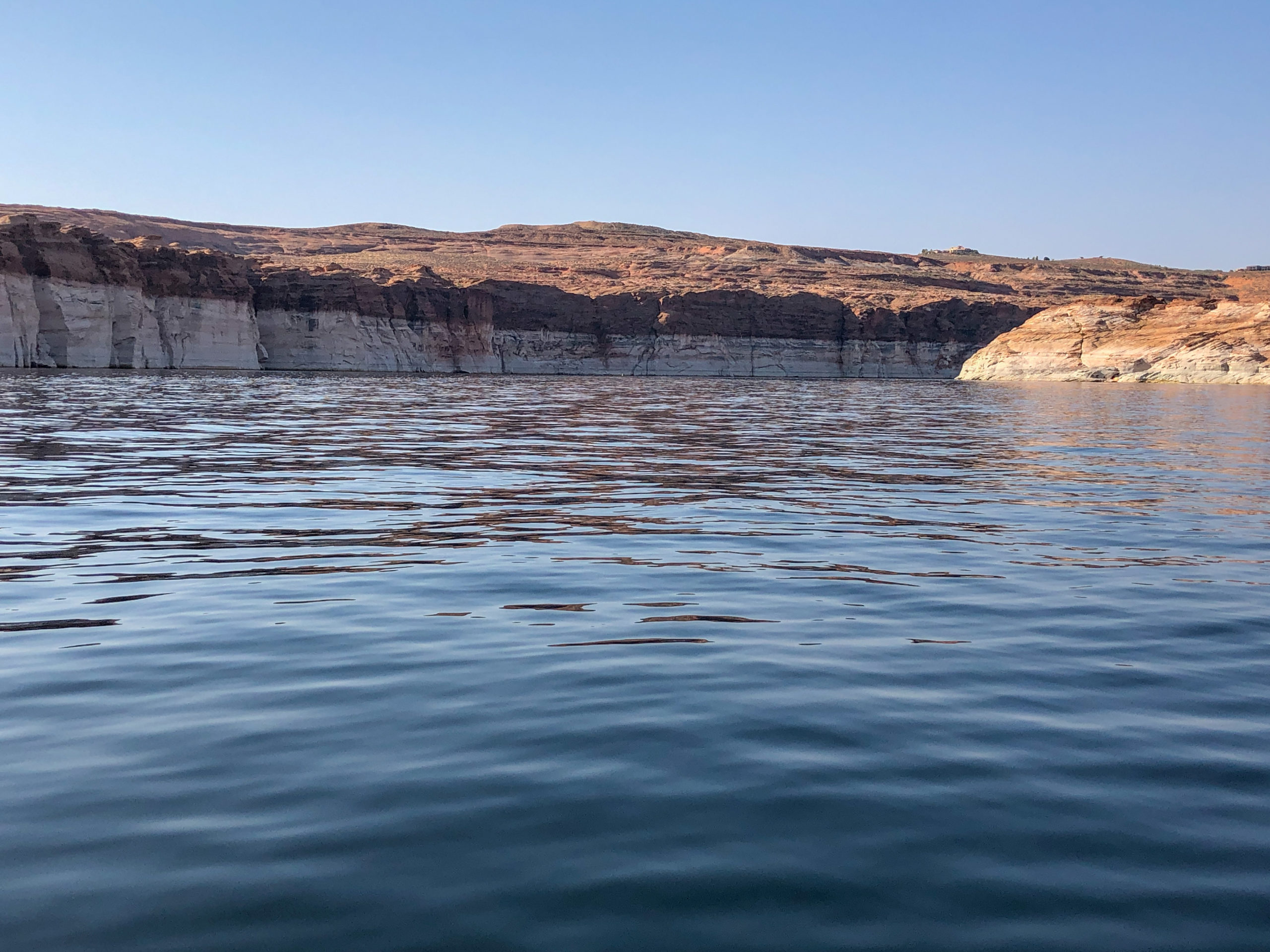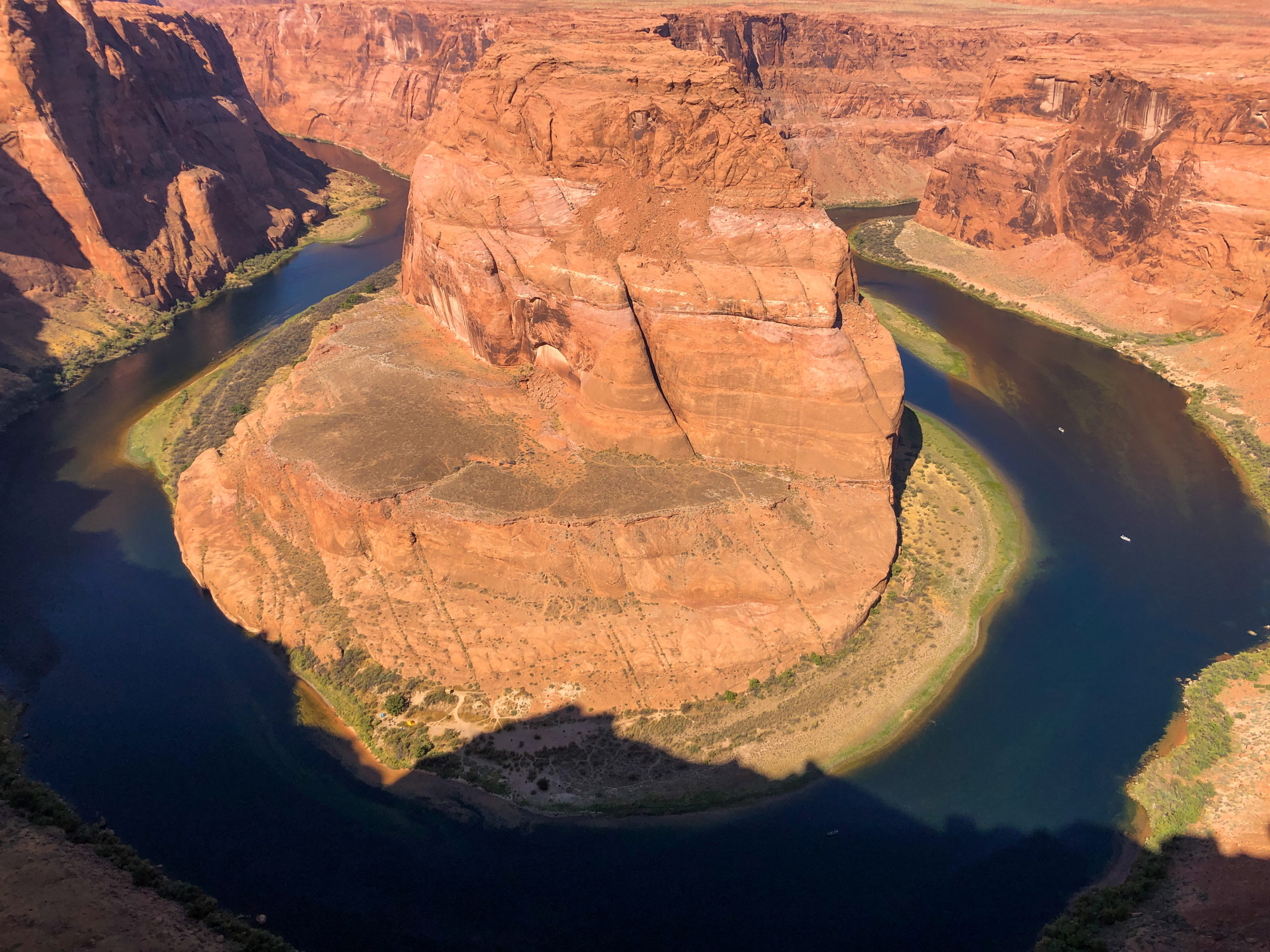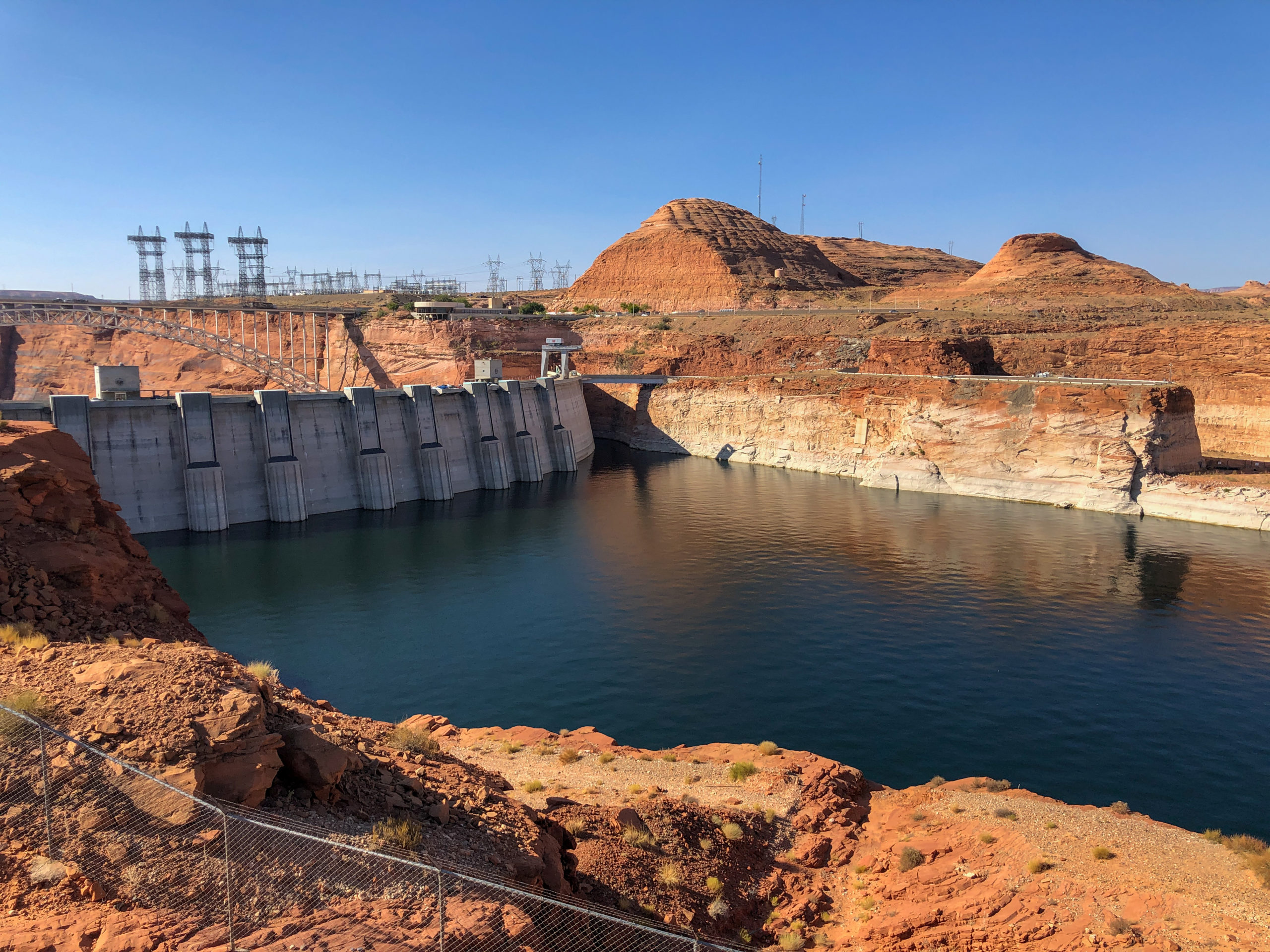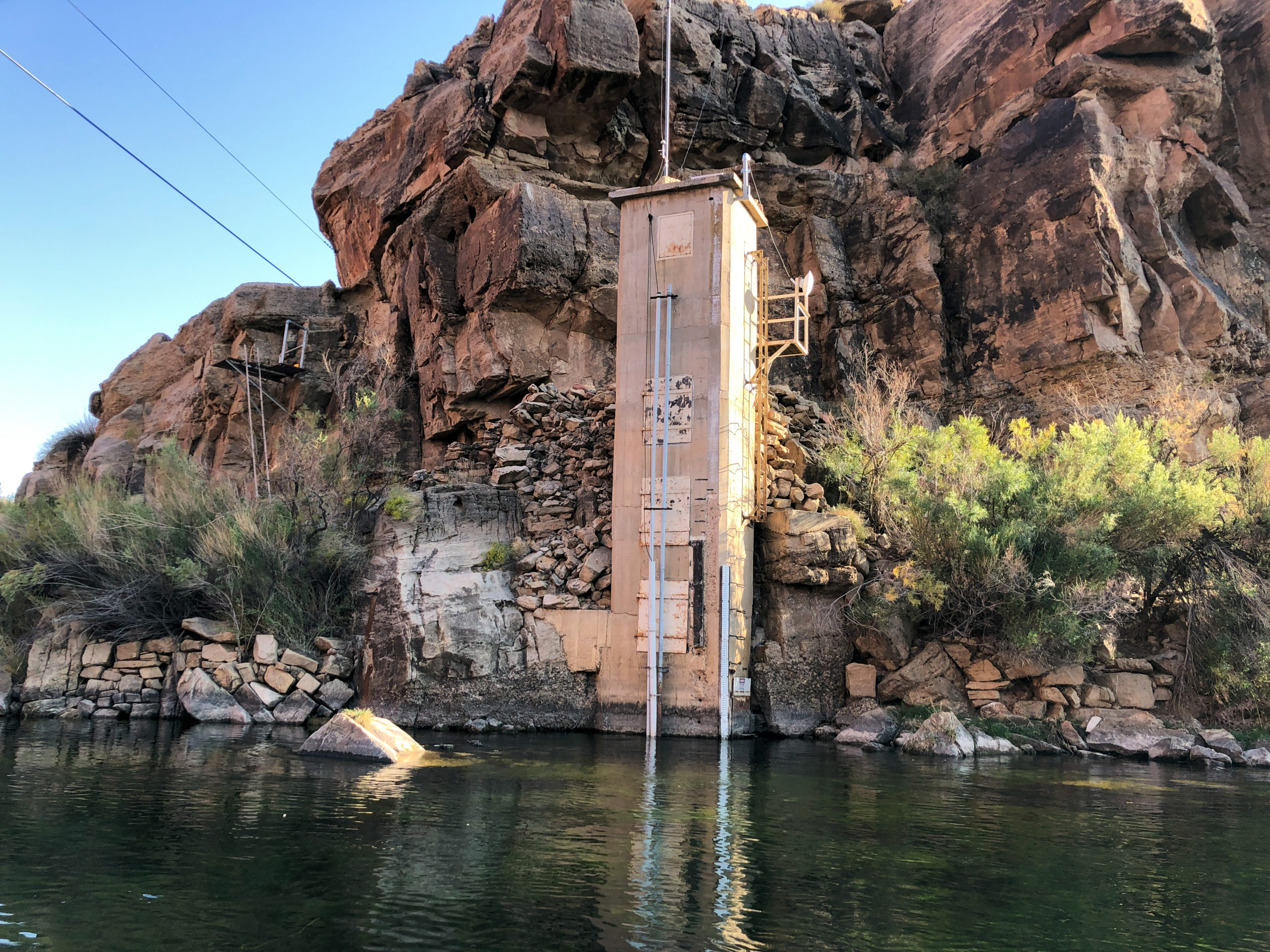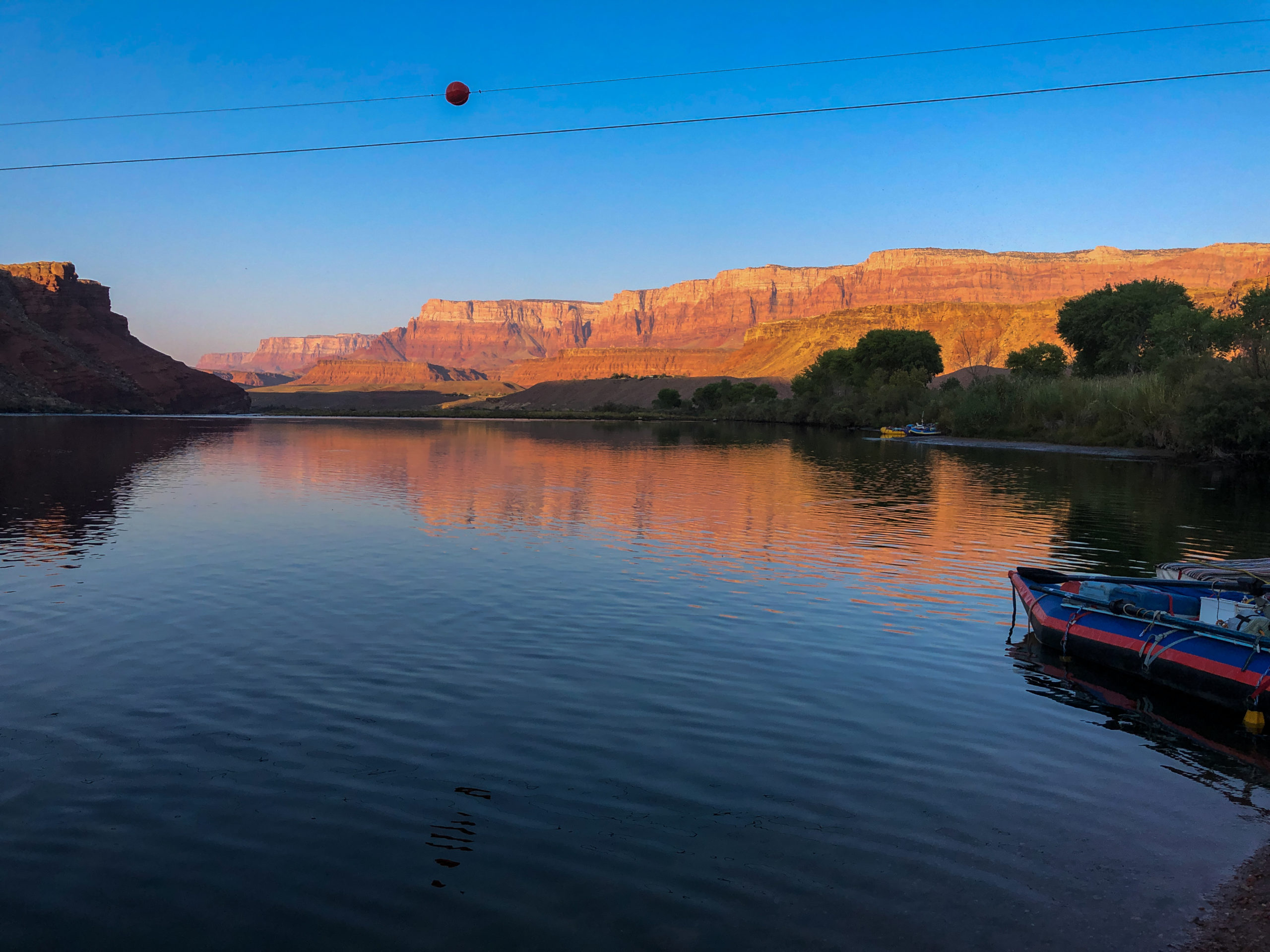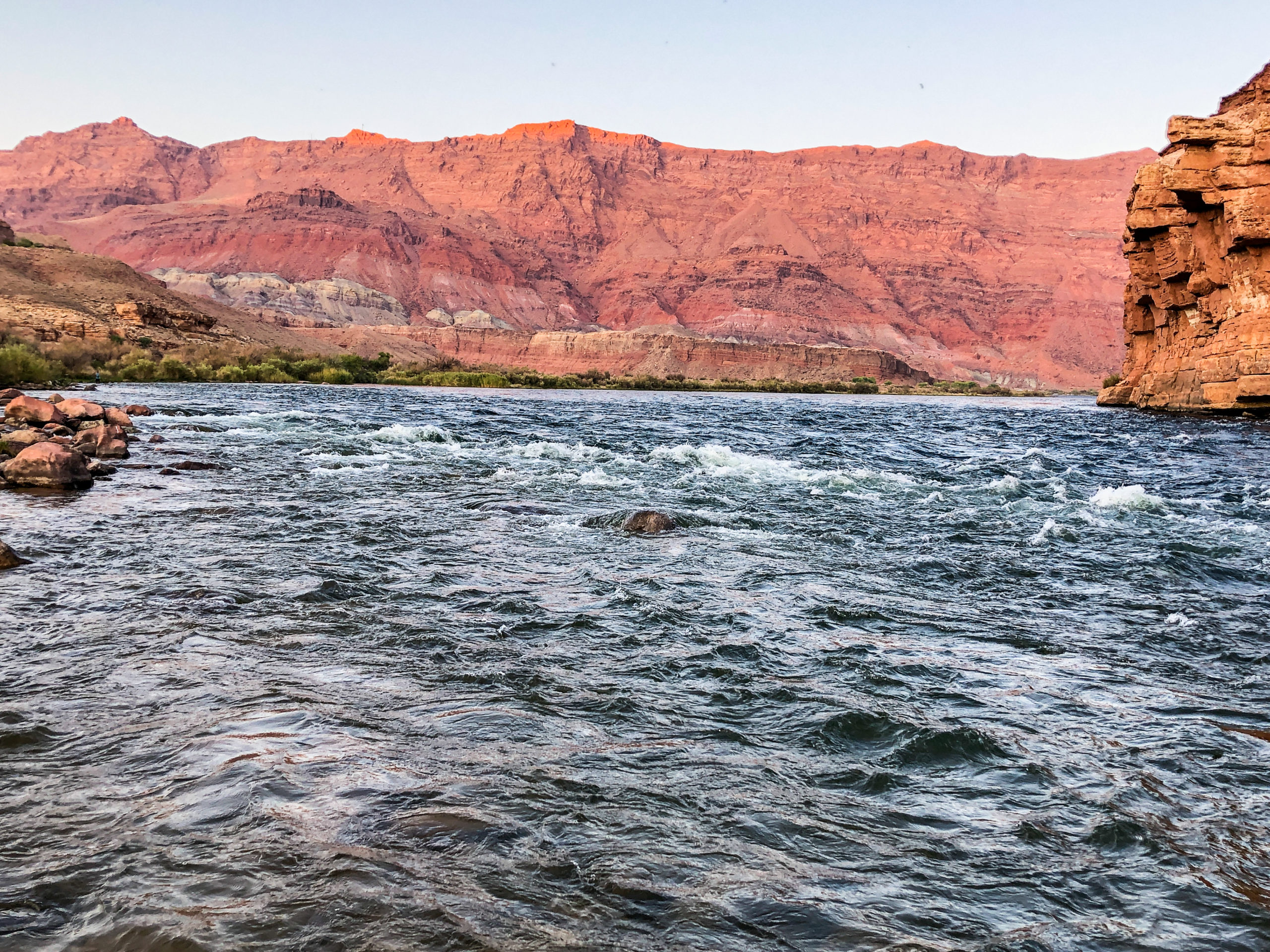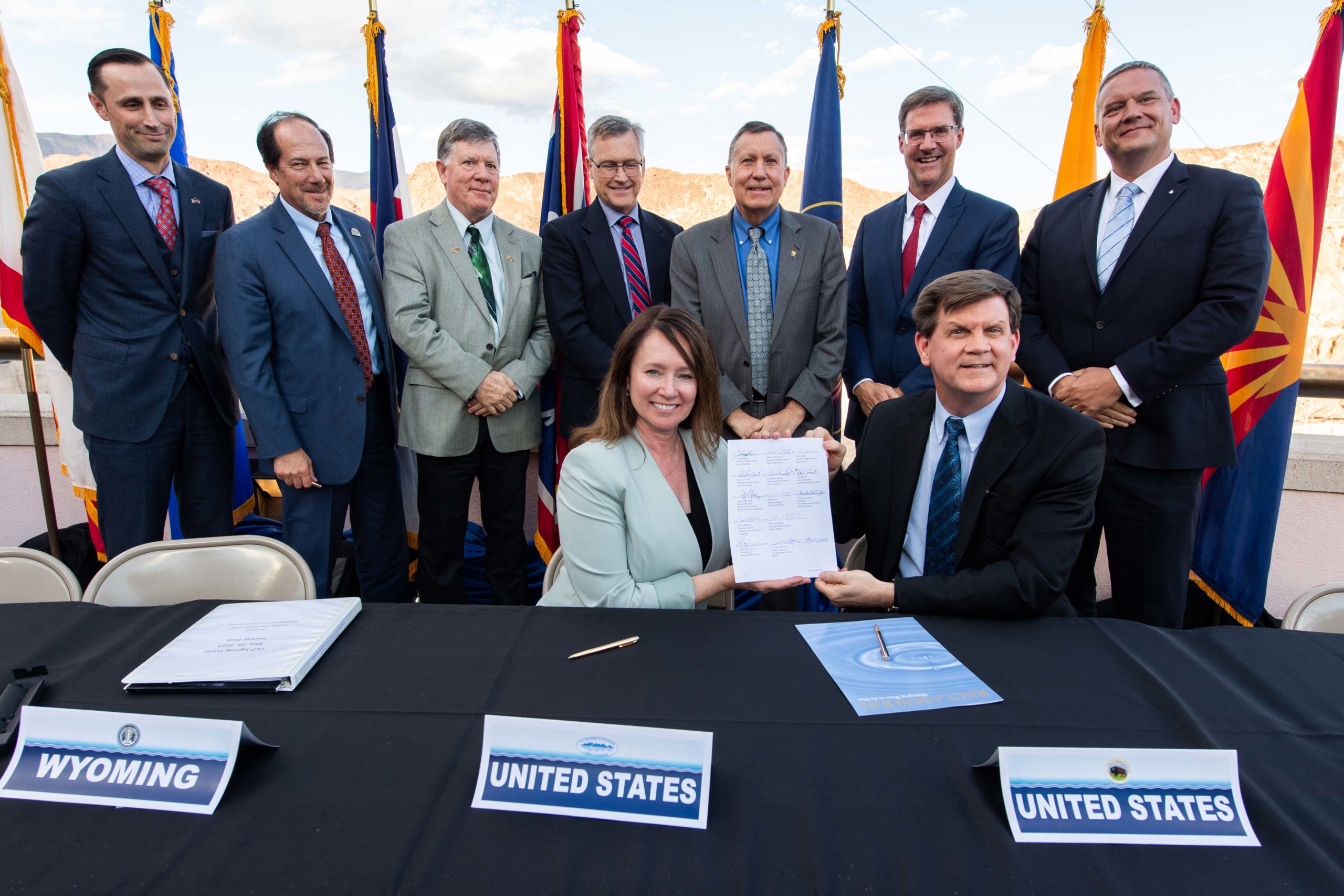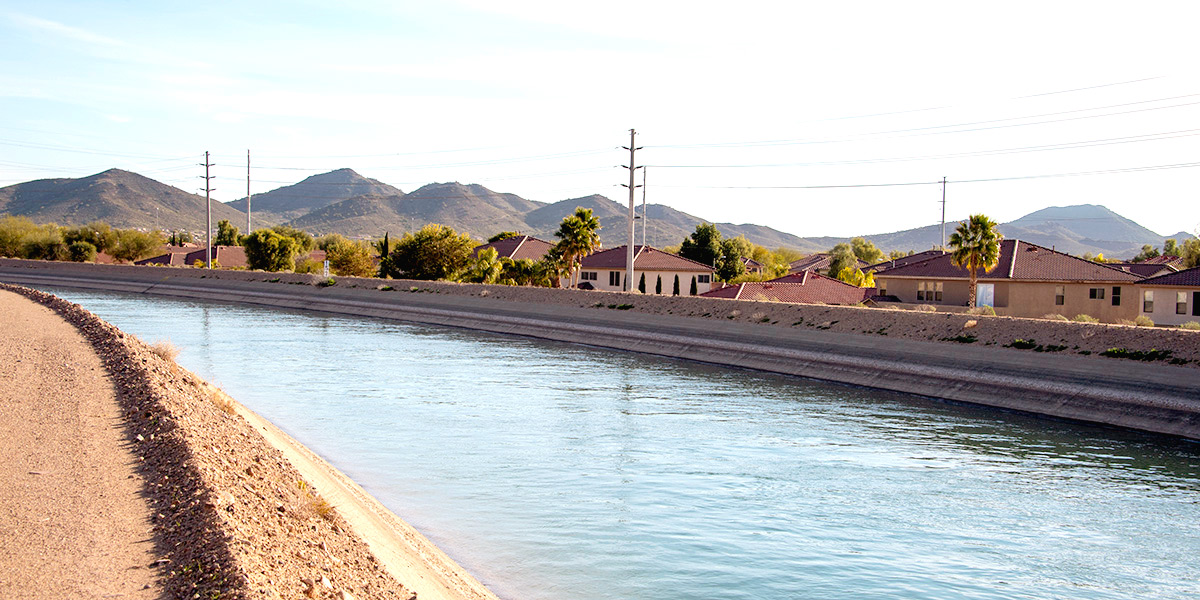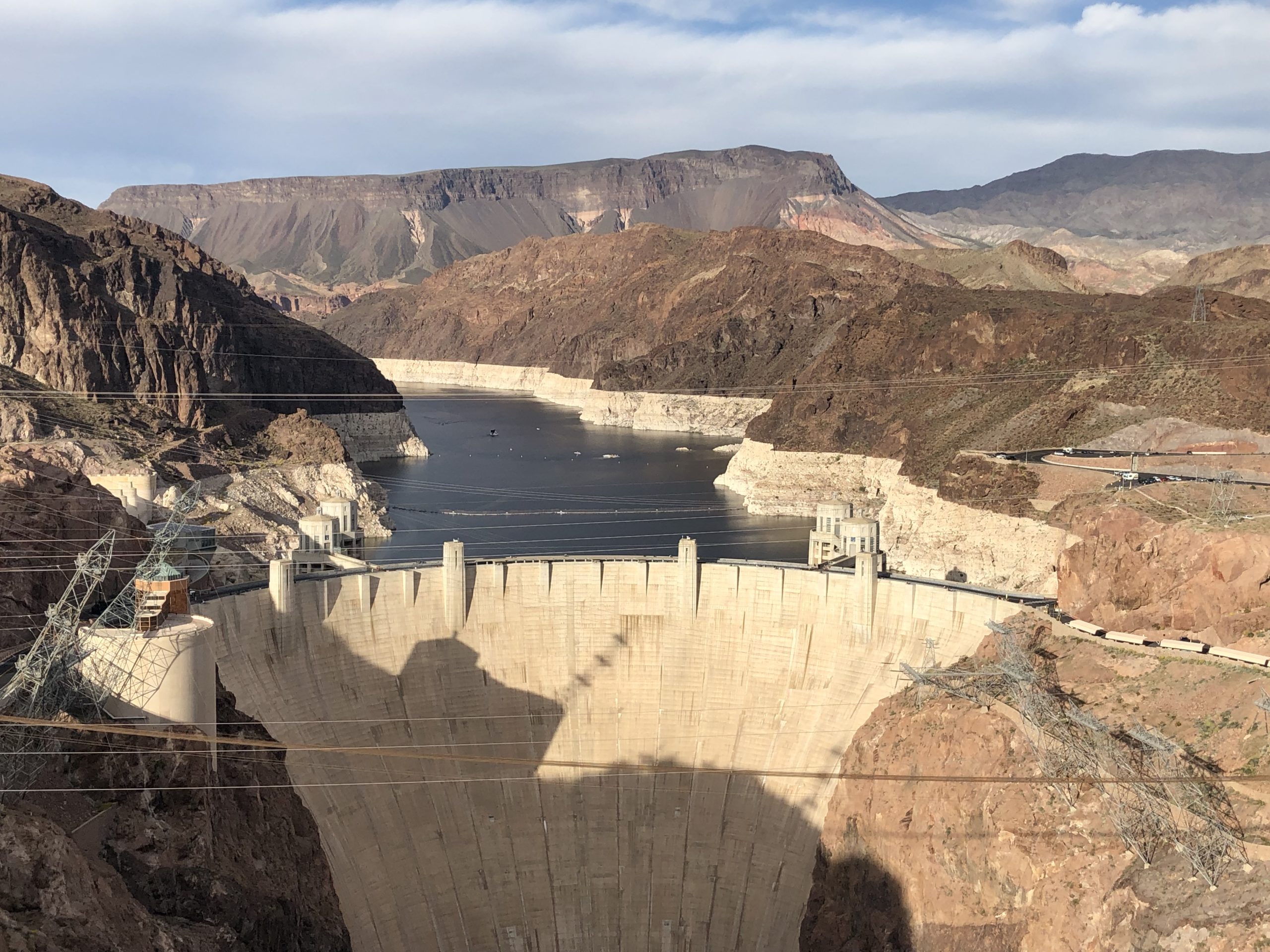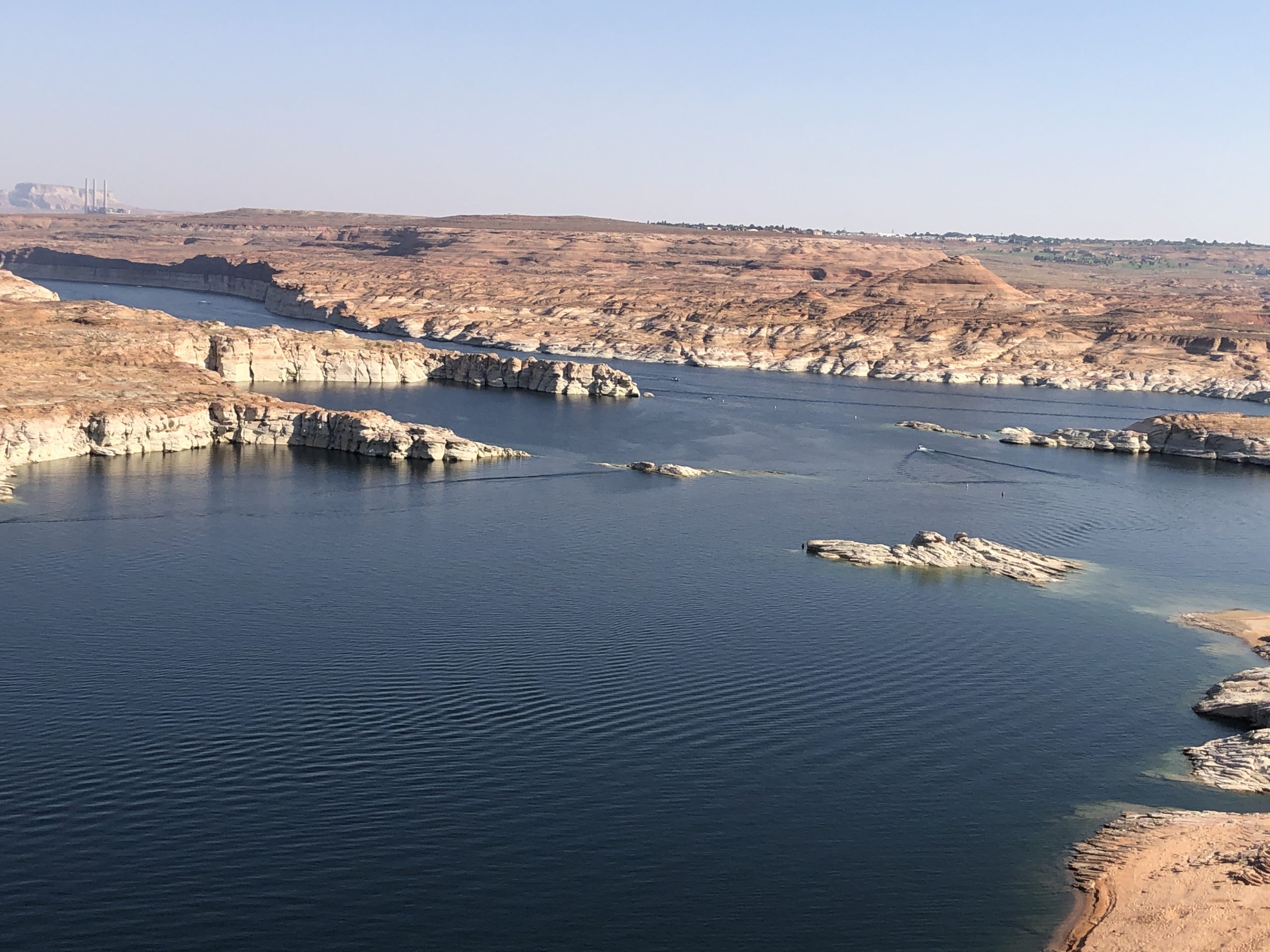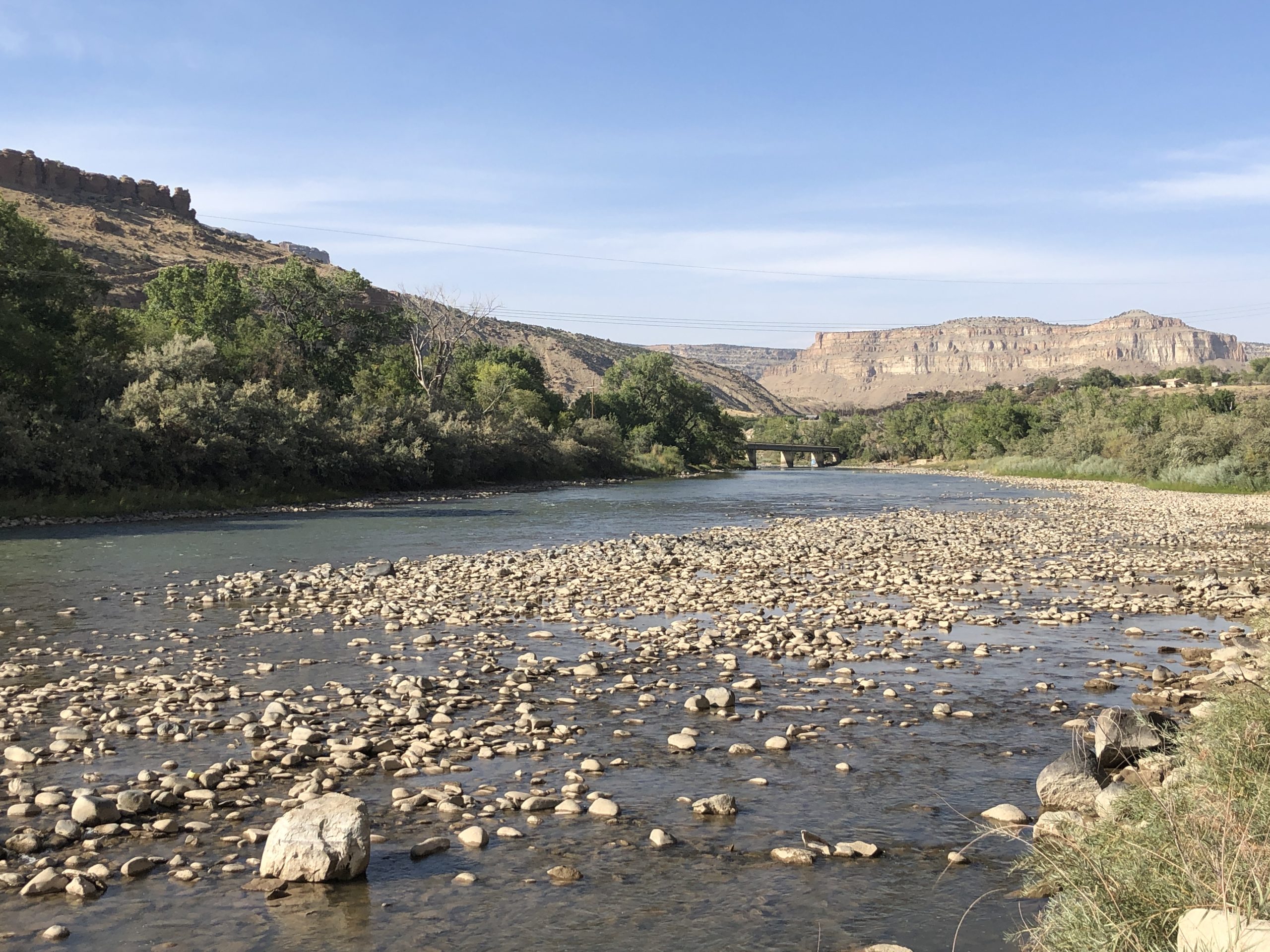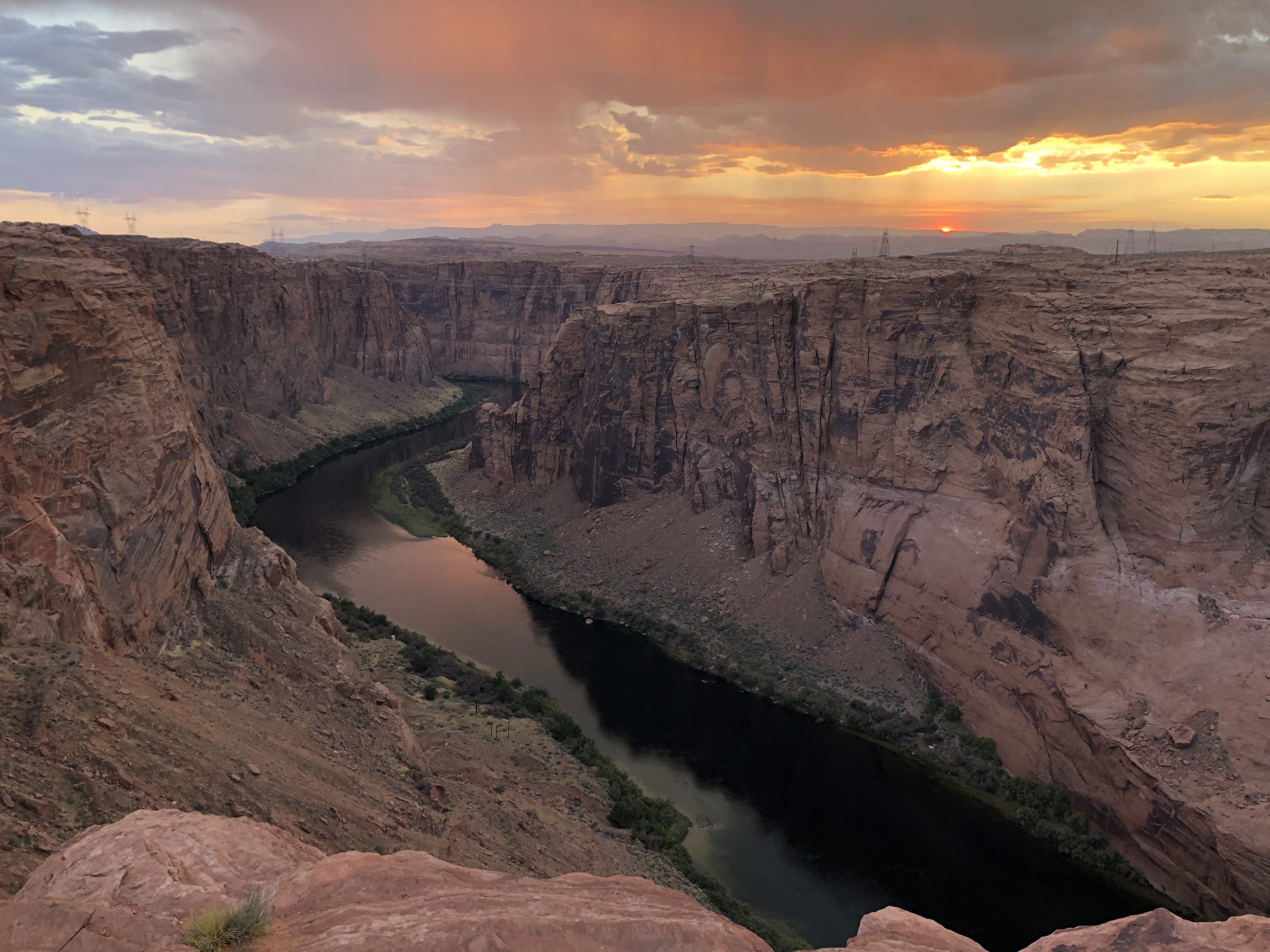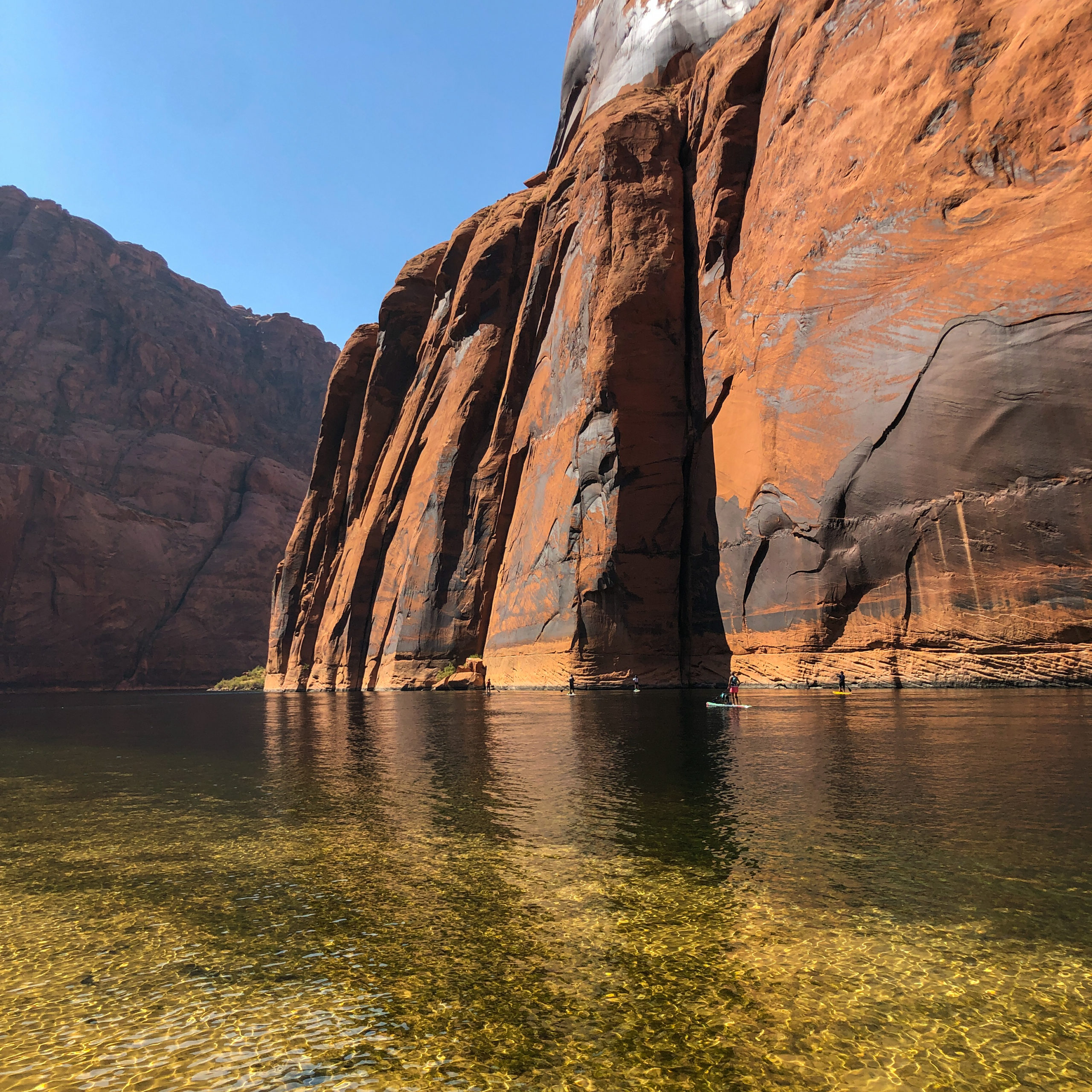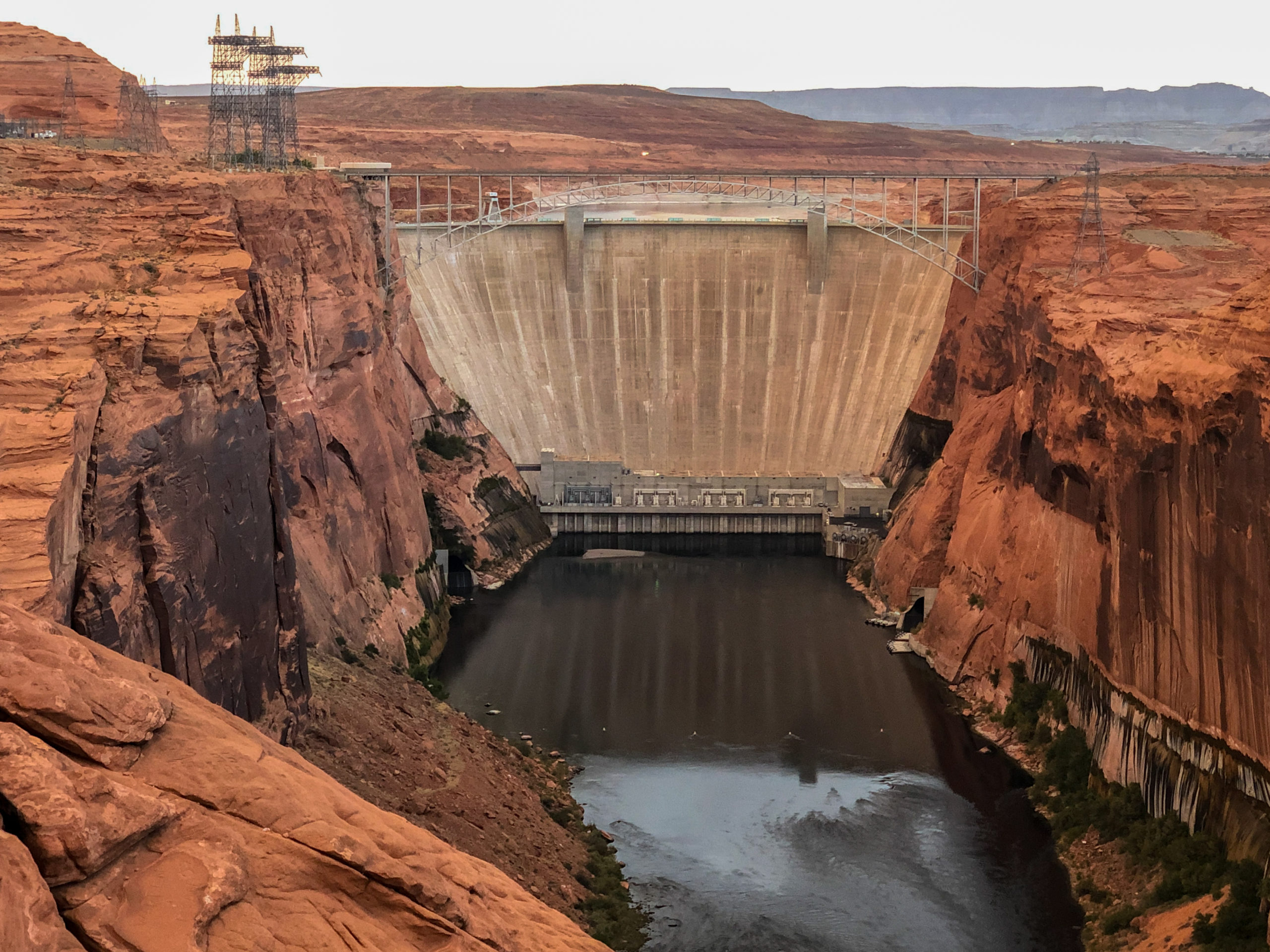
Exploring the Colorado River and Lake Powell
Over the years, I’ve written and researched many water topics that impact Denver Water and our customers. During this time, I’ve traveled to the headwaters of the Colorado River, learned about the river’s tributaries, paddled through canyons in western Colorado and ventured to Lake Mead.
But I’d never been to Lake Powell.
The pictures that follow were taken during a visit to Lake Powell’s southern end near Page, Arizona, from Sept. 21-25. There are some added photos from past stories and from additional resources.
While water use is often taken for granted, I hope these pictures and information will help give you a basic understanding of the connection between Denver Water, the Colorado River, Lake Powell and our water supply here in the Front Range.
Look for more information about the Colorado River from Denver Water CEO/Manager Jim Lochhead and in this video series. We also have stories about Confronting Colorado River Challenges, and how Denver Water works to improve endangered fish habitat on the Colorado River.


